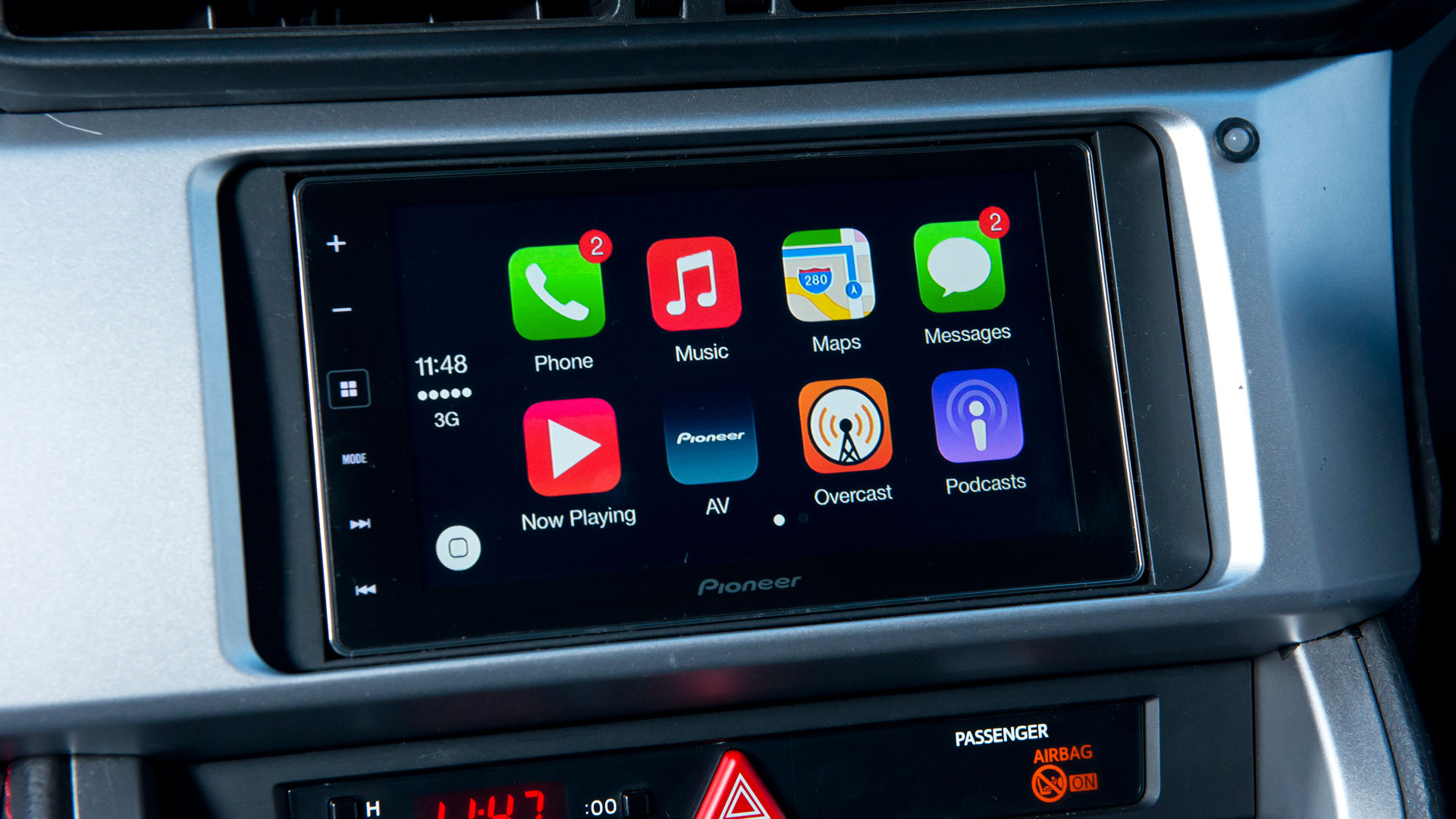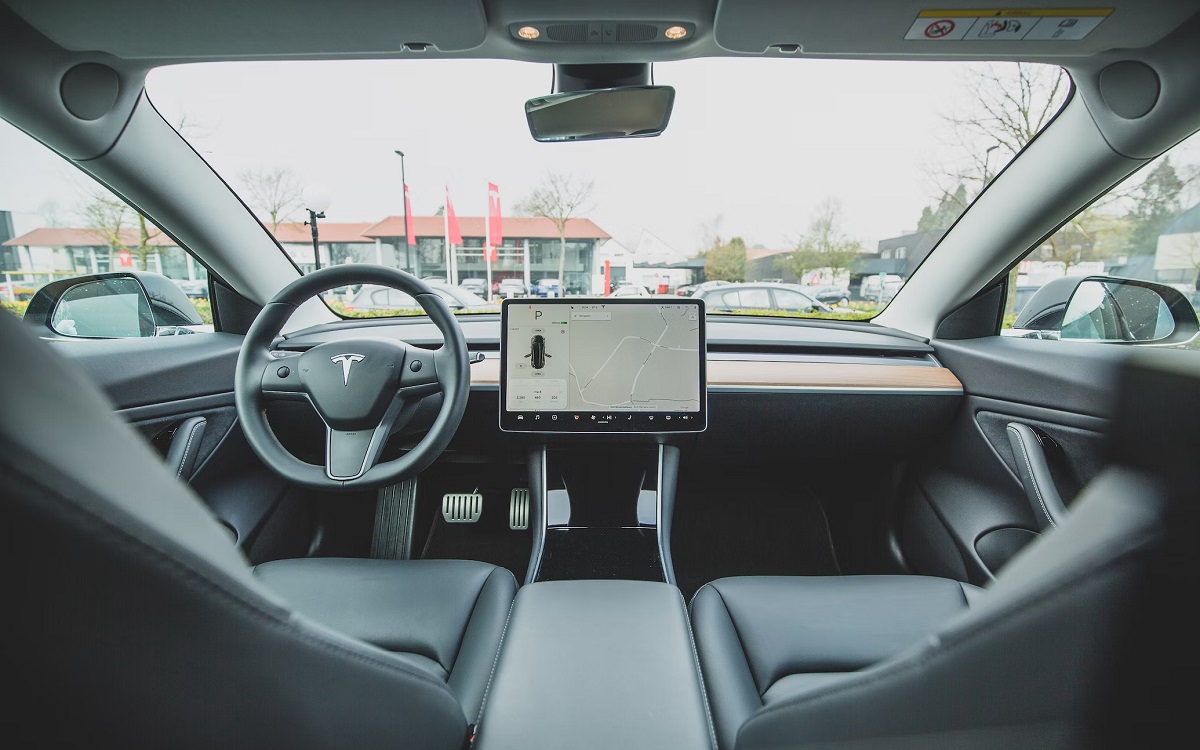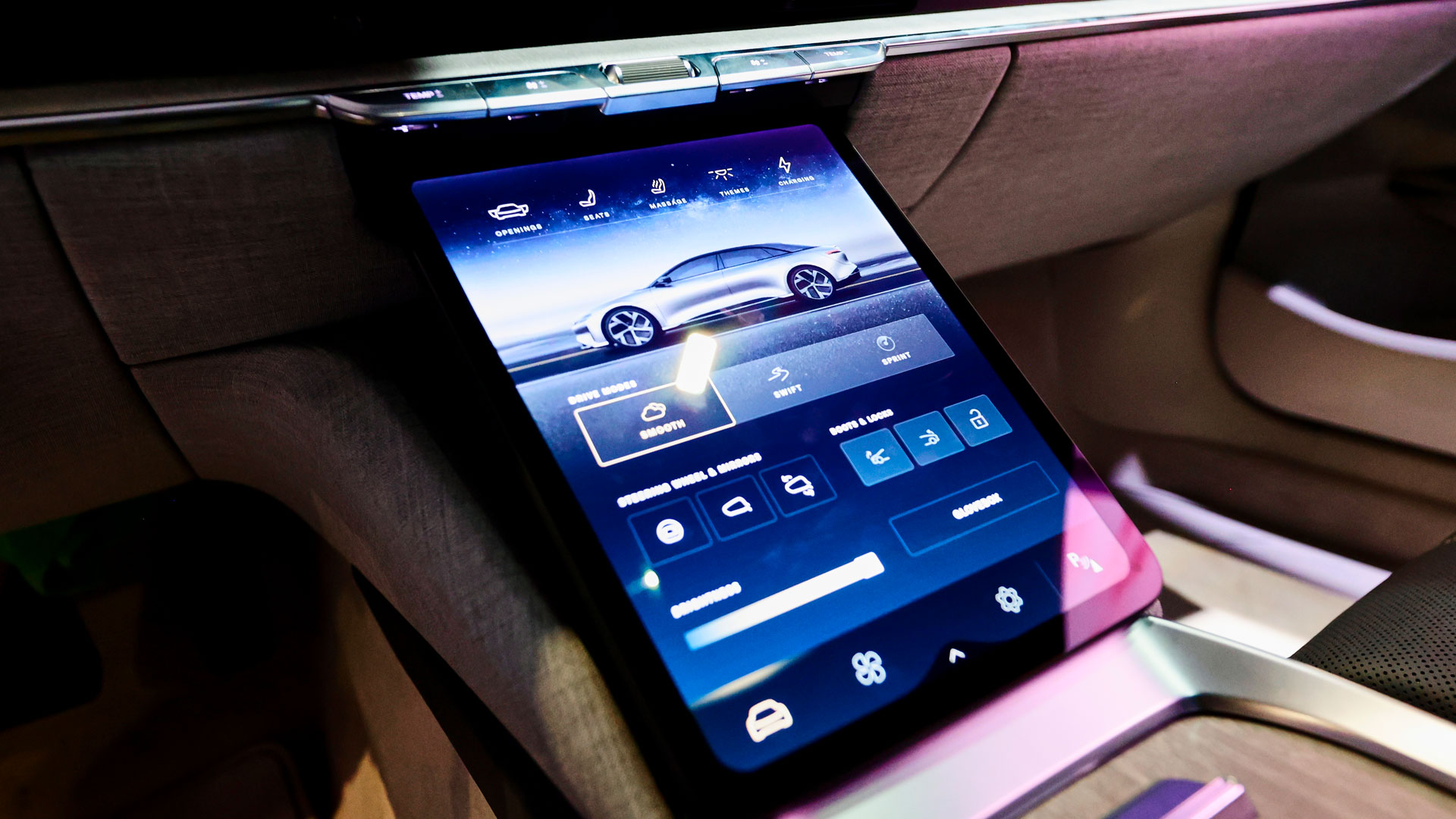What GM abandoning Apple CarPlay and Android Auto means for you
Expect a better EV experience

General Motors recently caused quite a stir when it announced it would abandon support for Apple CarPlay and Android Auto in future EVs (electric vehicles) in favor of its own Google-based infotainment platform. To say the news was poorly received would be an understatement. In countless articles, videos, and comments online, the media and consumers alike grabbed their metaphorical pitchforks to protest this decision.
While I understand this negative reaction, I’m here to tell you that GM’s decision might actually make sense. Before I explain why, let me preface by saying that I’ve used (and enjoyed) Apple CarPlay and Android Auto extensively in a wide variety of cars, I’ve driven almost every EV on the market, and I’ve owned two Tesla Model 3s since 2018 (Tesla cars currently lack Apple CarPlay and Android Auto).
Apple CarPlay and Android Auto save the day
When Apple CarPlay and Android Auto were introduced in the mid-2010s, the infotainment systems in most cars were pretty terrible – slow, laggy, complex, unintuitive, and generally panned by users across the entire car industry – especially when compared to existing smartphones and tablets. Most infotainment displays still used resistive touchscreens and many systems didn’t support touch input.
It was clear that something needed to be done, and Apple CarPlay and Android Auto were just what the doctor ordered – a breath of fresh air. While neither fixed existing hardware limitations, the software experience was significantly better, not to mention familiar. Plus, Apple CarPlay and Android Auto provide seamless access to messages, contacts, music, navigation, and select other apps on your phone.
Despite the many benefits, Apple CarPlay and Android Auto have become a crutch for the car industry.
While infotainment systems have improved in the years since – thanks to capacitive multi-touch displays and improved performance – they are often still laggy, complex, and unintuitive. A lot of this comes down to poor software and bad UI design. In the meantime, Apple CarPlay and Android Auto have gained wireless support. More importantly, they deliver a consistent user experience on almost every car sold today.
It’s no wonder then, that Apple CarPlay and Android Auto have become so popular. But there’s a big problem with this. Despite the many benefits, Apple CarPlay and Android Auto have become a crutch for the car industry. Why bother improving infotainment systems when most users prefer Apple CarPlay and Android Auto anyway?
But EVs require tighter integration between hardware and software
Get daily insight, inspiration and deals in your inbox
Sign up for breaking news, reviews, opinion, top tech deals, and more.
The Tesla difference

When Tesla introduced the Model S in 2012, its infotainment system was a game changer. It featured a massive 17-inch portrait capacitive multi-touch display and always-on Internet connectivity. More significantly, it was just as easy-to-use and responsive as a phone or tablet, and it integrated deeply with the car’s other systems – something Apple CarPlay and Android Auto simply cannot do.
While this kind of deep integration with other systems matters less for ICE (internal combustion engine) cars, it’s critical for EVs – especially when it comes to charging and route planning. Take Tesla for example. Without support for Apple CarPlay and Android Auto, you have to use the infotainment system for navigation. Thankfully, it’s fast and intuitive, but the benefits extend far beyond UI design. You get a much better user experience overall.
Say you want to drive between San Francisco and New York City. As soon as you enter your destination (by typing or using voice commands), Tesla’s route planning software looks at your current state of charge and battery temperature, and knowing your car’s range, your driving style, the topography, weather, and traffic along the route, plus how busy the charging stations are, it maps out every charging stop along the way.
It tells you where you’ll stop and for how long, and shows you the cost and what amenities are available nearby. Better yet, the software will update the routing in real time as you’re driving and even pre-condition your car’s battery (heat it to the right temperature for fastest charging). At any given time, Tesla knows how busy any Supercharger is, what stalls are available, and how many cars are in-route toward it.
Better yet, when you arrive at some Superchargers, the software even displays the lock code for the Tesla Lounge (like in Kettleman City, CA). All of this is only possible because of the tight integration between hardware and software. Using Apple CarPlay and Android Auto for navigation doesn’t deliver this kind of user experience, because your phone currently doesn’t have access to the required vehicle data.
Software defined vehicles make this possible

This kind of user experience is only possible because Tesla cars are software-defined vehicles (SDV) – cars with functions and features that are primarily enabled through software and can improve over time via OTA (over-the-air) software updates. And it’s not just Tesla – Rivian, Lucid, and Volvo/Polestar’s EVs are also SDVs, and are all using Android Automotive. Even Mercedes is developing its own SDV platform with MB.OS.
While some of these vehicles support Apple CarPlay and Android Auto, users can only enjoy the charging and route planning benefits when using the infotainment system. And that’s where GM’s controversial decision comes in. Tesla and Rivian currently don’t support Apple CarPlay and Android Auto because they want to deliver the best user experience possible, and the tightest integration between hardware and software.
GM wants this as well, so it’s shunning Apple CarPlay and Android Auto for its future EVs. But can GM bring a competitive SDV platform to market? That’s a valid question. EV newcomers aside, the car industry doesn’t have a great track record when it comes to software. At least GM’s new infotainment platform will be Google based, so it’s likely to use Android Automotive, and that’s a solid foundation.
Of course, SDVs give the car industry more opportunities to implement data collection and subscription services (monetization), so it’s easy to be cynical and say that GM’s decision is driven by greed. And while that’s possible, there’s a major risk of backlash if this is abused – remember BMW’s heated seat subscription debacle? I believe that GM simply wants to deliver the same excellent user experience Tesla and Rivian have.
After all, you don’t hear many Tesla users complaining about the lack of Apple CarPlay and Android Auto in their cars. So maybe GM is on to something. Besides, the beauty of SDVs is that GM can always change its mind and bring Apple CarPlay and Android Auto back with a software update. So let’s put those pitchforks down and give the General a chance, ok?

Myriam Joire (tnkgrl) was born wearing combat boots and holding a keyboard. Moments later she picked up a soldering iron. On weekends, she rally-raced with her father. She's been stomping, typing, hacking, and driving ever since. After spending years being a code-monkey in the video game industry, she joined Engadget as Senior Mobile Editor and later Pebble as Chief Evangelist. Today she hosts the weekly Mobile Tech Podcast, makes videos on YouTube, writes about tech and cars for TechRadar and other major publications, and advises startups on product/media strategy. She's based in San Francisco.